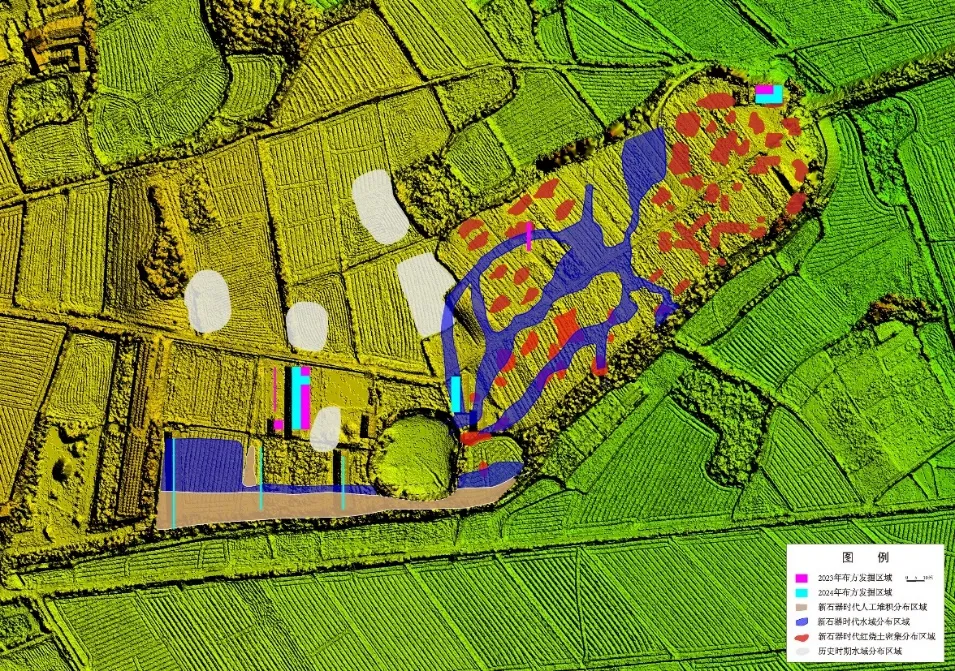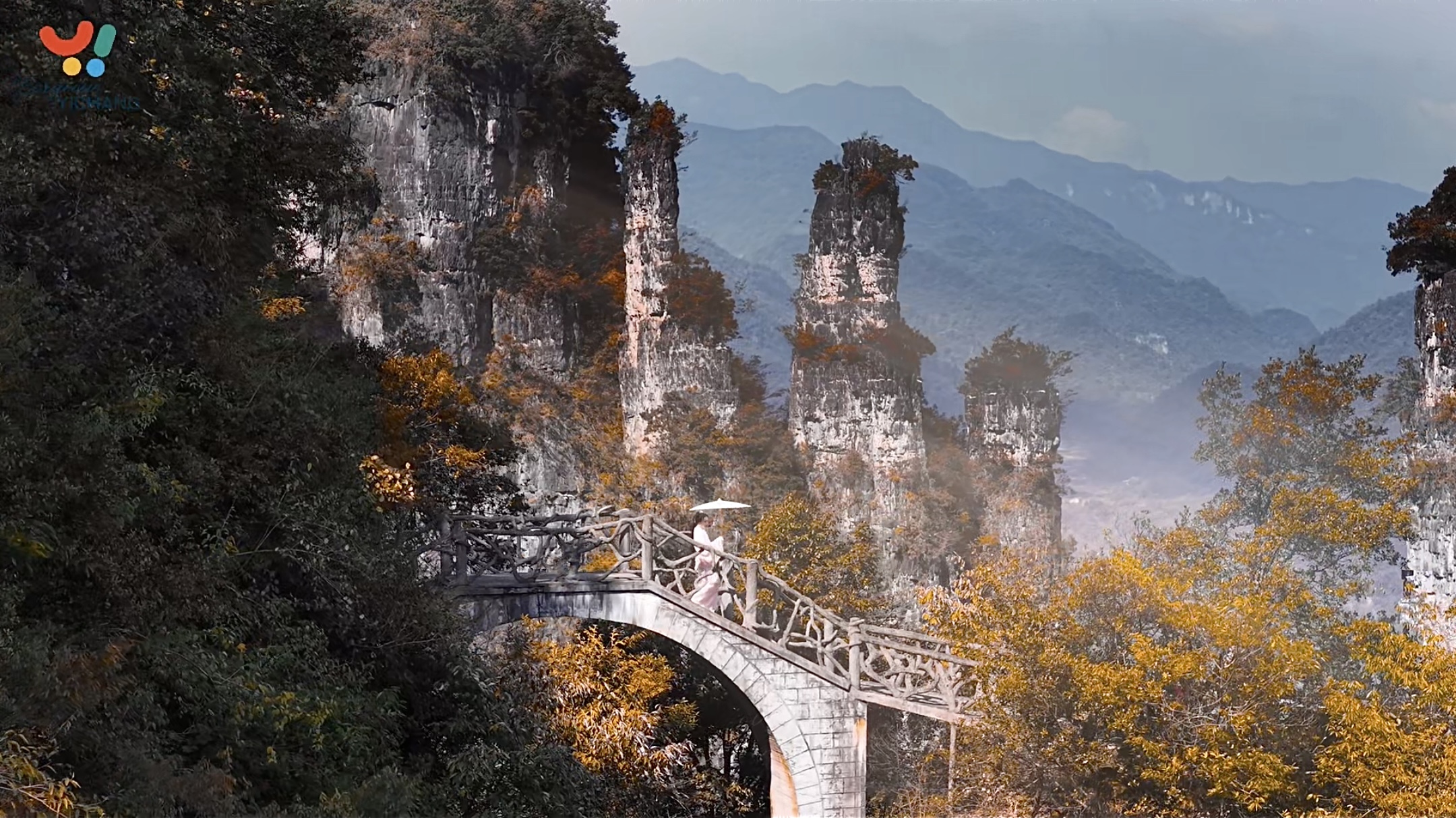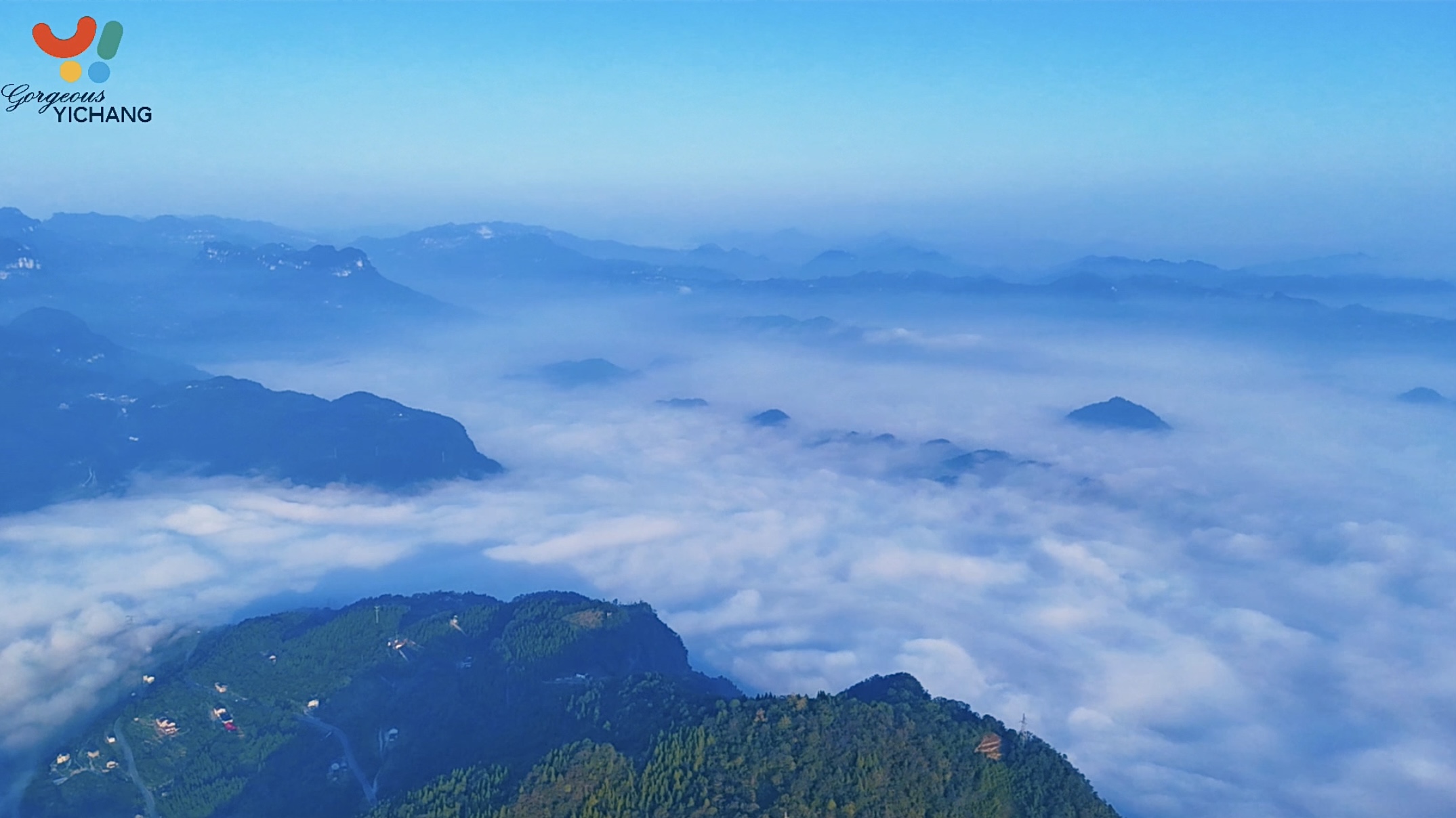Significant Prehistoric Water Conservancy Discovery in Dangyang
2025-01-18 17:01:00
By Ma Yuanchen.
Archaeologists have uncovered an ancient water conservancy system at the Jiuligang site in Dangyang, central Hubei Province. The system, located on the terraces of Jiakou Mountain and Pingmian Mountain, includes ponds, ditches, and dams, and is a rare example of Neolithic water management.
The Jiuligang site spans 16 square kilometers and includes 26 separate locations, showcasing a continuous stratigraphic record from the Paleolithic to the Neolithic periods.
The 2024 excavation focused on Jiakou and Pingmian mountains, where researchers discovered a small stone tool processing site and two stilted houses from the Daxi culture. These houses, typically constructed of wood, were built near bodies of water.
 <caption>Archaeological excavation site and exploration rendering for 2024
<caption>Archaeological excavation site and exploration rendering for 2024
Archaeologists have uncovered an ancient water conservancy system at the Jiuligang site in Dangyang, central Hubei Province. The system, located on the terraces of Jiakou Mountain and Pingmian Mountain, includes ponds, ditches, and dams, and is a rare example of Neolithic water management.
The Jiuligang site spans 16 square kilometers and includes 26 separate locations, showcasing a continuous stratigraphic record from the Paleolithic to the Neolithic periods.
The 2024 excavation focused on Jiakou and Pingmian mountains, where researchers discovered a small stone tool processing site and two stilted houses from the Daxi culture. These houses, typically constructed of wood, were built near bodies of water.
 <caption>Archaeological excavation site and exploration rendering for 2024
<caption>Archaeological excavation site and exploration rendering for 2024The key discovery is a water conservancy system that features a 150-meter-long dam and a 1,200-square-meter reservoir. This systemdates from the second phase of the Daxi culture to the lateperiod of the Qujialing culture, both of which emerged in the Yangtze River region and significantly contributed to early agriculture, settlement patterns, and technological advancements during the Neolithic period.
The system highlights prehistoric innovation in high-platform water storage, where water was collected and stored in elevated structures for agricultural, domestic, or irrigationuse. This discovery not only connects previously identified elements but also provides insights into the functional layout of the settlement.






